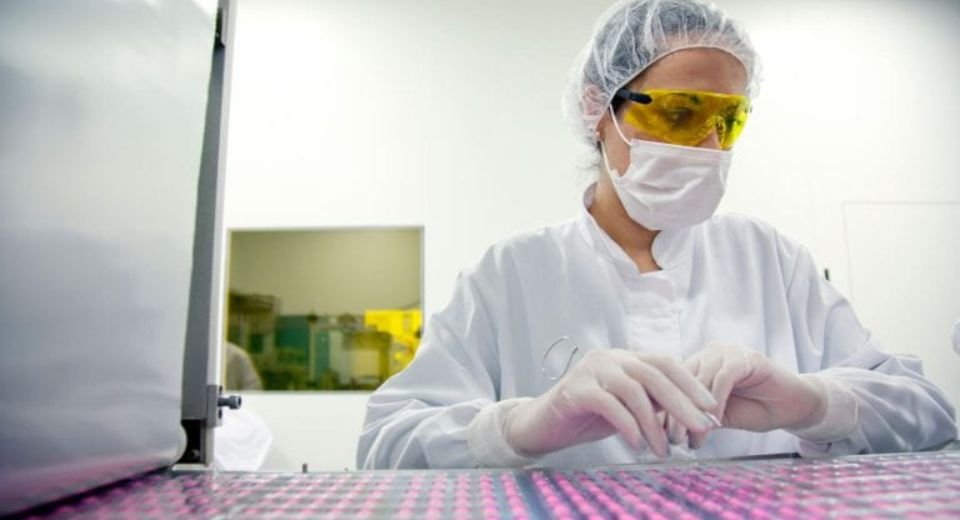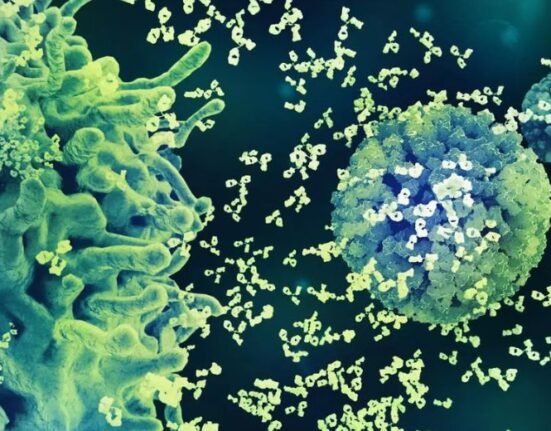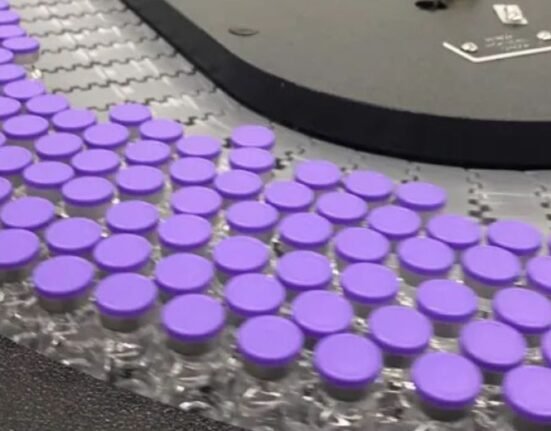HQ Team
April 18, 2025: Generic drugs made in India, which account for 93% of such medicines made from emerging countries, are linked to hospitalisation, disability and in a few cases death, compared to the US, according to a study by the Ohio State University.
Researchers from the University’s Fisher College of Business found that mature generic drugs, those that had been on the market for a relatively long time, were responsible.
“Drug manufacturing regulation, and therefore quality assurance practices, differ between emerging economies like India and advanced economies like the United States,” said John Gray, co-author of the study and professor of operations at The Ohio State University’s Fisher College of Business.
“Where generic drugs are manufactured can make a significant difference.”
The Indian generic drug market is a significant global player, with India being the largest producer and exporter of generic drugs by volume, according to TechSci Research.
$35.62 billion by 2030
It’s projected to continue growing, with a forecast of reaching $35.62 billion by 2030, driven by cost-effectiveness, increasing demand for affordable healthcare, and strong manufacturing infrastructure.
Generic drugs are typically priced significantly lower than branded equivalents, making them more affordable and accessible to a wider population.
This cost advantage is particularly crucial in emerging economies like India, where healthcare expenditure is a significant concern for patients and healthcare providers alike.
The affordability of generic drugs enables patients to access essential medications for chronic conditions such as diabetes, hypertension, and cardiovascular diseases, thereby improving treatment adherence and healthcare outcomes.
The Fisher College study found that results showed that all generic drugs were not equal, even though patients were often told that they are, Gray said.
Older drugs
Results showed that the number of severe adverse events for generic drugs made in India was 54% higher than for equivalent matched generic drugs made in the United States. That was after taking into account a variety of other factors that could have impacted the results, including the volume of drugs sold.
The findings were driven by drugs that had been on the market for a longer time.
“In the pharmaceutical industry, the older drugs get cheaper and cheaper and the competition gets more intense to hold down costs,” Gray said. “That may result in operations and supply chain issues that can compromise drug quality.”
Gray said that the results shouldn’t be taken as a reason to stop overseas production of generic drugs.
“There are good manufacturers in India, there are bad manufacturers in the U.S., and we’re not advocating for ending offshore production of drugs or bashing India in any way,” Gray said.
“We believe this is a regulatory oversight issue that can be improved.”
US drug regulator
Co-author, George Ball, associate professor of operations and decision technologies and Weimer Faculty Fellow at Indiana University’s Kelley School of Business said: “The FDA assures the public that all generics patterned after the same original drug should be equivalently safe and effective, however, this is not necessarily the case when it comes to generic drugs made in India,” added.
The study is significant because it is the first to be able to link a large sample of generic drugs to the actual plant where they were manufactured.
The US drug regulator, the Food and Drug Administration (FDA), will not release that information through the Freedom of Information Act process. Gray said the researchers figured out how to use what is called the Structured Product Labeling dataset to link drugs to the factory where they were produced.
“Overcoming this lack of transparency of drug manufacturing location is one of the major accomplishments of our study,” Gray said.
The study matched the drugs made in India to the same drugs made in the United States. The drugs had the same active ingredients, the same dosage form and the same route of administration.
“That means the drugs are pharmaceutically equivalent and we are comparing apples to apples,” he said.
The researchers matched 2,443 drugs made in the United States and in emerging economies. Although the researchers included other countries in their analysis, 93% of generic drugs from emerging economy countries are made in India, “so India data fully explained the results.”
Drug inspections
The researchers compared the frequency with which drugs were associated with adverse event reports for generic drugs made in India versus the matched drugs made in the United States. These adverse event reports are available in the FDA Adverse Event Reporting System (FAERS).
Although the FAERS includes all reported adverse events, in this study, the researchers only used those with the most serious outcomes, including hospitalisation, disability and death.
Gray said one key issue is that when the FDA inspects plants that make generic drugs in the United States, the inspections are unannounced.
In overseas locations, the inspections are arranged in advance, which may allow manufacturers to hide problems and make it harder for the FDA to find those that do exist. Making all inspections unannounced could make a big difference, he said.








